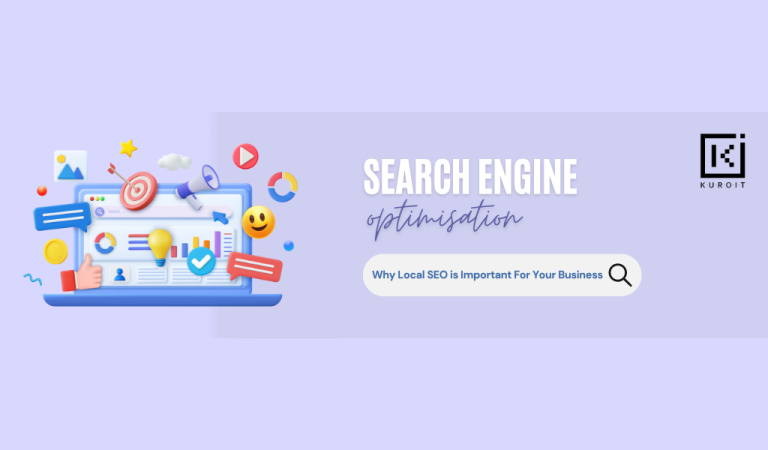SEO is capable of delivering the most cost-effective online marketing available, it drives as much as three hundred per cent more traffic to websites than social media does and it represents a helpful way of establishing long term benefits.
Speed of ranking increases
When SEO is done right, rankings will improve. The speed of the ranking is something that the SEO specialist only has so much control over. There are many factors at work that it’s difficult to make good decisions on how long it will take for a keyword to hit a certain page or position, given that there may be other competitors going after similar keywords with more resources to devote.
There is a timing factor that must be considered in SEO and can’t be avoided. If timing were not relevant, companies would shovel enough money into SEO during the month to get the rankings they want. That’s not how it works.
Amount of traffic
Clients like to see site traffic increases that correspond to ranking increases, and as an SEO, this is one of the most obvious things to guarantee. Where clients get disheartened is when they’ve gone through the trouble to make predictions about how much traffic will come from their rankings ad that is based on search volumes and calculate click-through and it doesn’t happen. Very rarely will a client’s projected traffic be exceeded by the actual results. The truth is that whether you’re at #1 or #20, it just doesn’t happen.
Number of leads
From an SEO’s point of view, the central objective of a campaign is to increase relevant keyword rankings, which should result in site traffic, which should result in leads, which should result in sales, which should result in enough profit to maintain the campaign expense. There are many “shoulds” out there. Often, clients don’t internalise all of the possible failure points, not to mention the fractions involved. All they internalise is that SEO will get their phones ringing and their pockets lined.
SEOs work with what they have. If there are no data to suggest which keywords will result in conversions, then they do their best. Before doing SEO, it’s often worth doing PPC (Pay-per-click) for a few weeks to conclude whether the site has enough conversion power for the traffic brought in, and which keywords send traffic with the highest purchase intention. Maybe the website does not make a good enough case for lead generation or purchase. That’s not an SEO problem. That’s a conversion problem.
Ready to take your business to the next level?
Let us help you generate more leads and sales online.
Quantity of backlinks
SEO companies should be arriving on the backlinks they’re requesting and successfully building. Clients have come to expect this. But when clients start calculating their “cost per link” and talk about quitting in favour of “cheaper links” from another country, you know there’s a disconnect.
One of the most screwed up expectations is that of link quantity. If SEO success were based only on the number of links built, you can bet that SEO would have a much different look and feel to it. Search engines would also have a difficult time trying to serve up relevant content, which is why it doesn’t work like that. Search engines want a natural-looking backlink portfolio, which means a necessary introduction of both quantity and quality-driven backlinks.
Also, don’t forget that the volume of links built in any given period is likely to fluctuate based on the distribution of link building techniques being used as well as what the site needs at any given time.
For more information, get in touch with the Kuroit team today.













